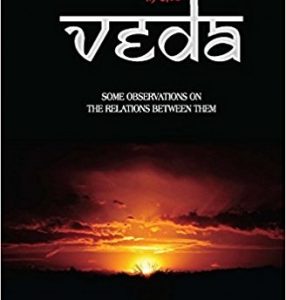
Showing all 6 books

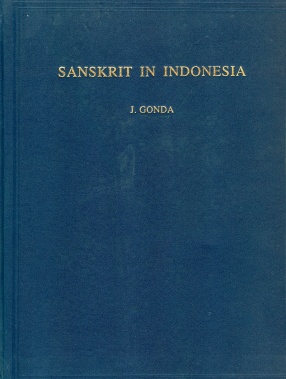
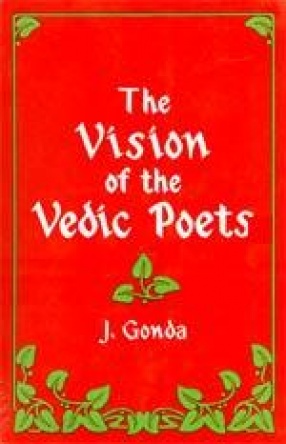
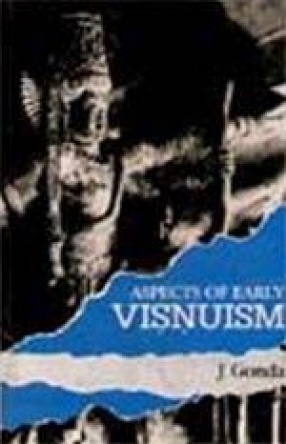

Vedic scholars ... will find this concise but rather discursive study of much interest; but it is of greater importance to the historians of Indian thought and to the anthropologist. Copious illustrations of the early Aryans' expressions of their belief in 'power-substantives' will be certain to stimulate responses in both spheres.... We are taken on a tour of the power-substances, and incidentally given helpful information ... and other key expressions of Vedic ...

This expanded version of Professor Gonda's Jordan lectures, given at the School of Oriental and African Studies in the University of London in 1969, presents, not a regular account of the history of Visnuism and Sivaism, but rather a detailed discussion of some of those historical, doctrinal, ritual, and literary aspects of both religious currents which don not seem to have attracted the attention they deserve. Being comparative in character it is an attempt to ...


This book is primarily intended to be an investigation into the meaning and religious significance of the important Vedic term dhi, which has been variously and often inadequately translated. The author has tried to determine its central meaning or semantic nucleus from which the various contextual connotations were derived. This central meaning is "vision", not only in the literal sense (faculty of seeing), but in the Vedic texts mainly in the sense of ...
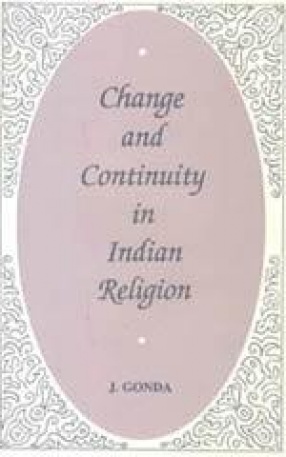
In this book the author intends to make some critical remarks apropos of substratum theories advanced to explain the numerous differences between the ancient Vedic culture of India and Hinduism. It would appear to him that the problems with which we are confronted in studying the history of India are much more complicated than certain archaeologists, linguists and students of the history of religions would have us believe and that many hypotheses based on a ...

Visnu holds a divinity of highest rank among the Hindus. In the present work, the author has made an attempt to sketch the main features in the character of Visnu as they appeared in different ages. The book is divided into three chapters, each running into several sections. Chapter 1 opens with the description of the origin of Visnu, his character, emblems, attributes, incarnations, comparative status etc. The author has endeavoured to present a faithful ...
